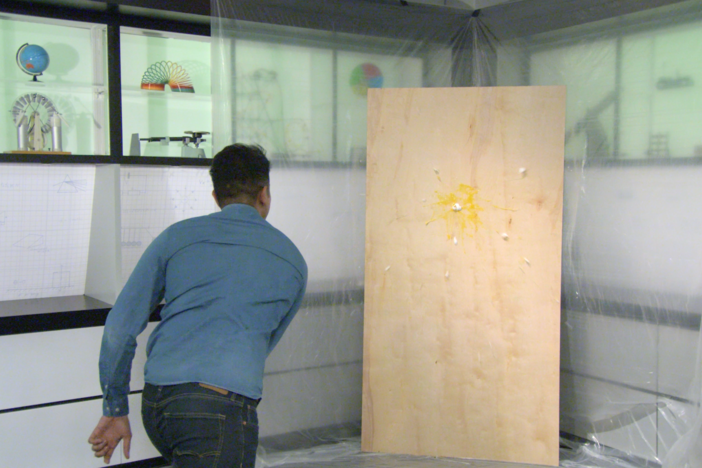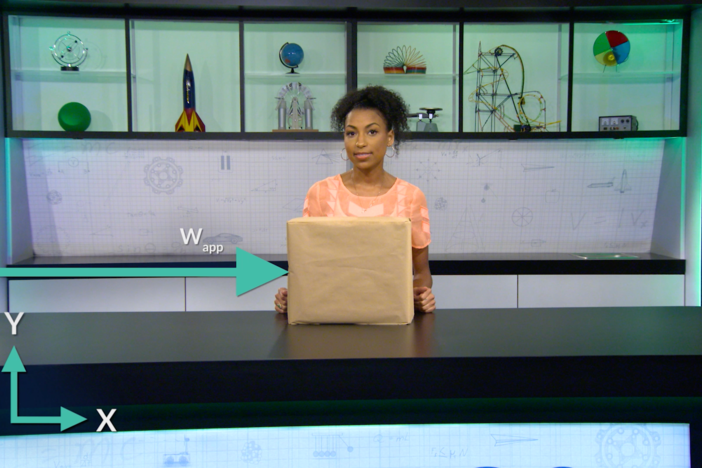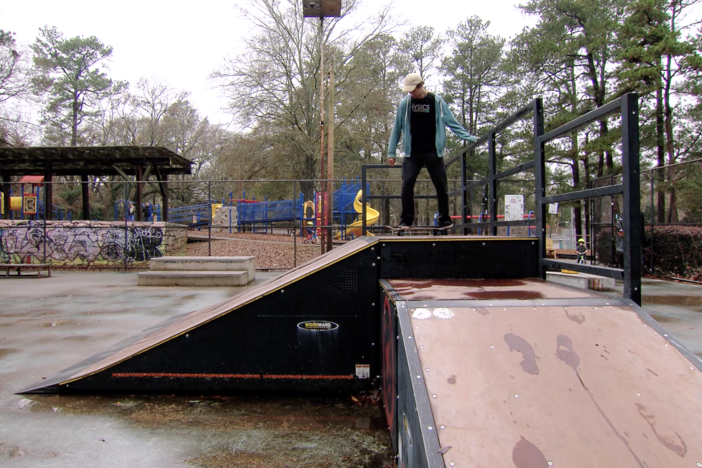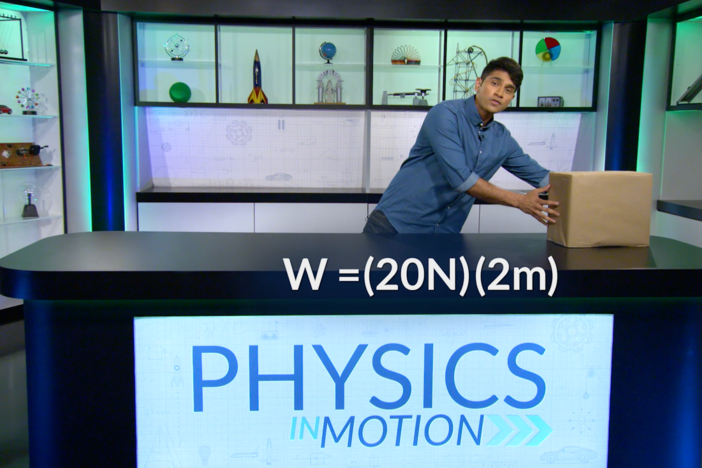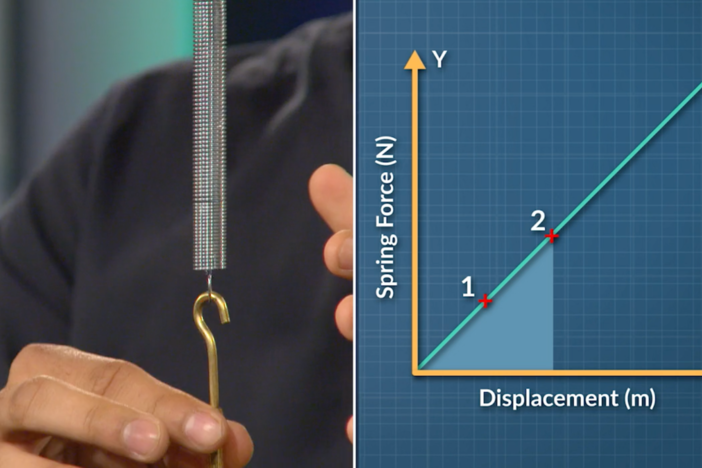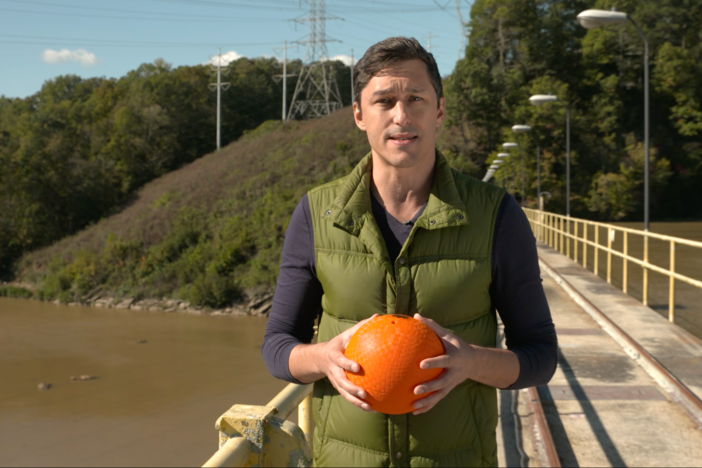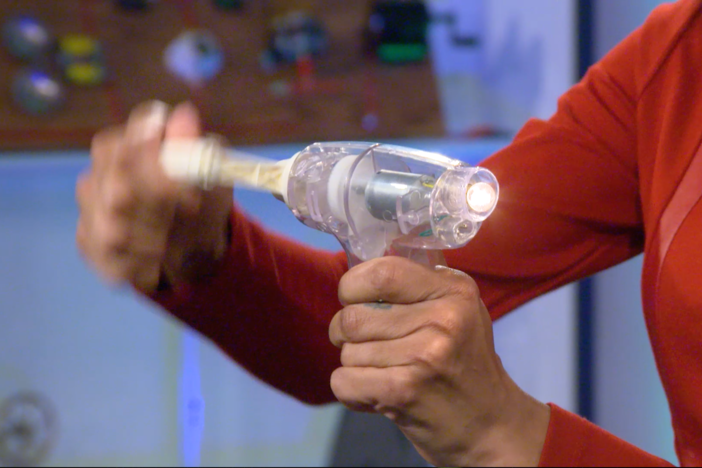Segment F: Work-Energy Theorem
We explain the work-energy theorem and solve an example problem involving the equations for work and kinetic energy. We also discuss when work has a positive or negative value.
Segment F: Work-Energy Theorem
We explain the work-energy theorem and solve an example problem involving the equations for work and kinetic energy. We also discuss when work has a positive or negative value.
Science
Obtain, evaluate, and communicate information about the importance of conservation laws for mechanical energy and linear momentum in predicting the behavior of physical systems.
Ask questions to compare and contrast open and closed systems.
Use mathematics and computational thinking to analyze, evaluate, and apply the principle of conservation of energy and the Work-Kinetic Energy Theorem.
- Calculate the kinetic energy of an object.
- Calculate the amount of work performed by a force on an object.
-Define kinetic energy, work, and the work-energy theorem qualitatively and quantitatively.
-Discuss what happens when work done is positive or negative and how that affects an object’s change in kinetic energy.
energy - the ability to do work.
kinetic energy (KE) - the energy of motion; equal to one half times mass times the square of the velocity of an object.
work (W) - when a force causes displacement of an object.
work-energy theorem - this theorem states that the work done on an object will either add kinetic energy to an object or take kinetic energy away; work is equal to an object’s change in kinetic energy.
The Physics in Motion teacher toolkit provides instructions and answer keys for study questions, practice problems, labs for all seven units of study. GPB offers the teacher toolkit at no cost to Georgia educators.To order your teacher toolkit, complete and submit this form to request the teacher toolkit. You only need to submit this form one time to get materials for all seven units.
